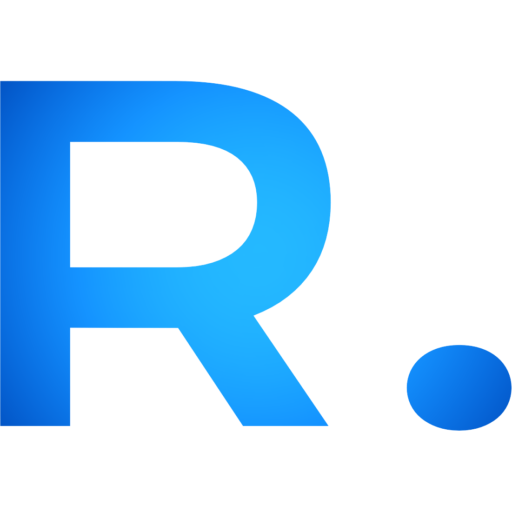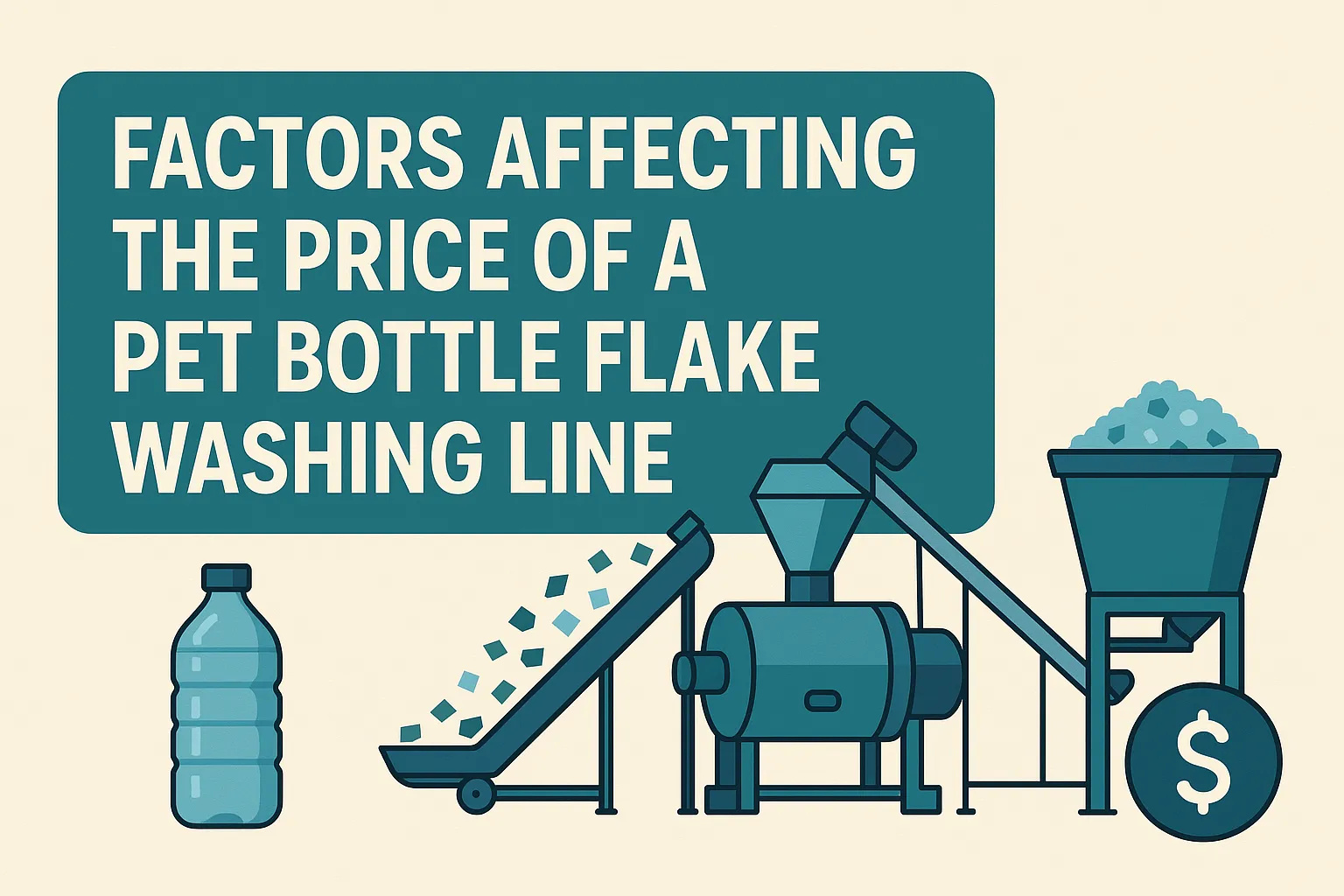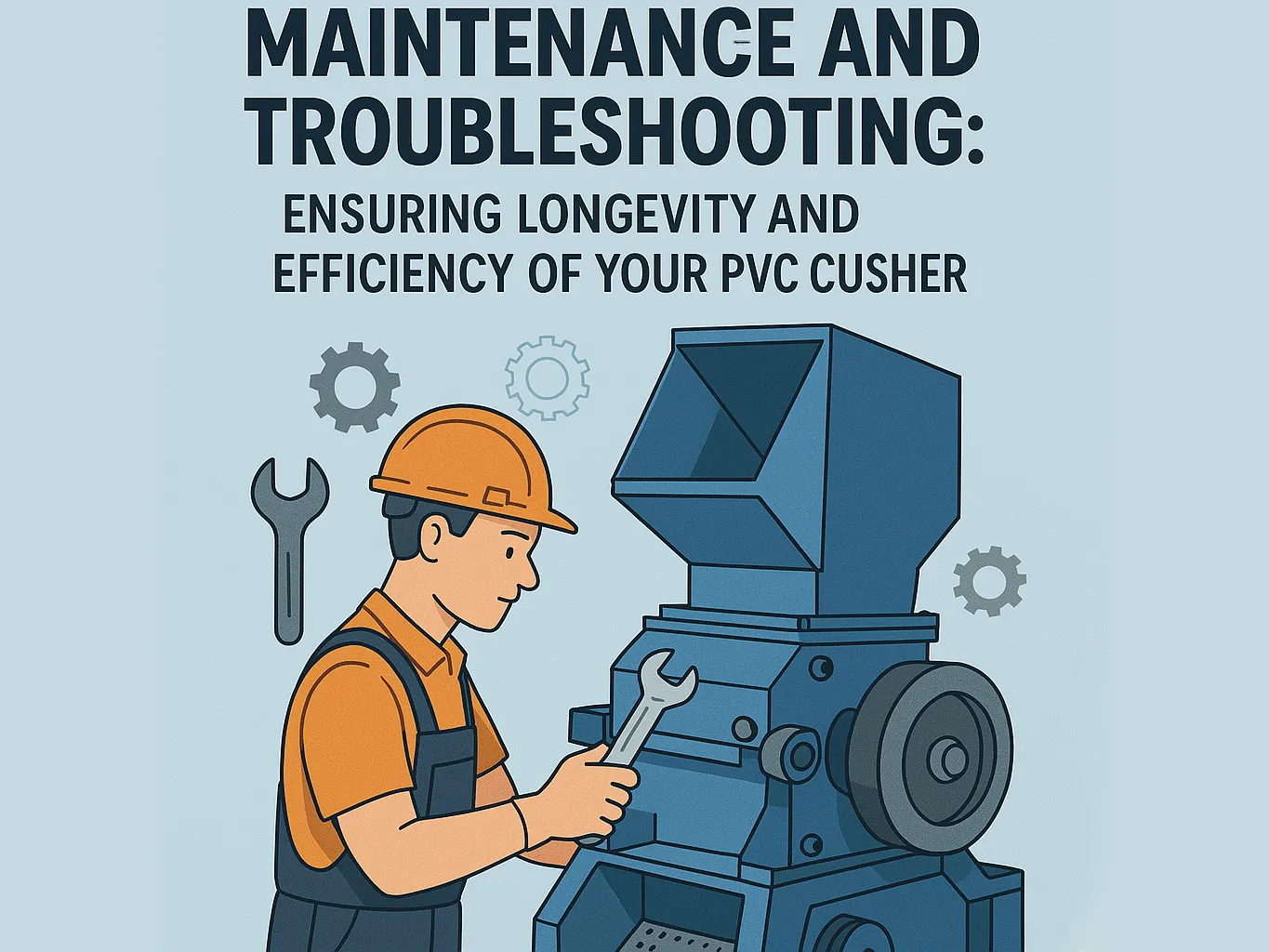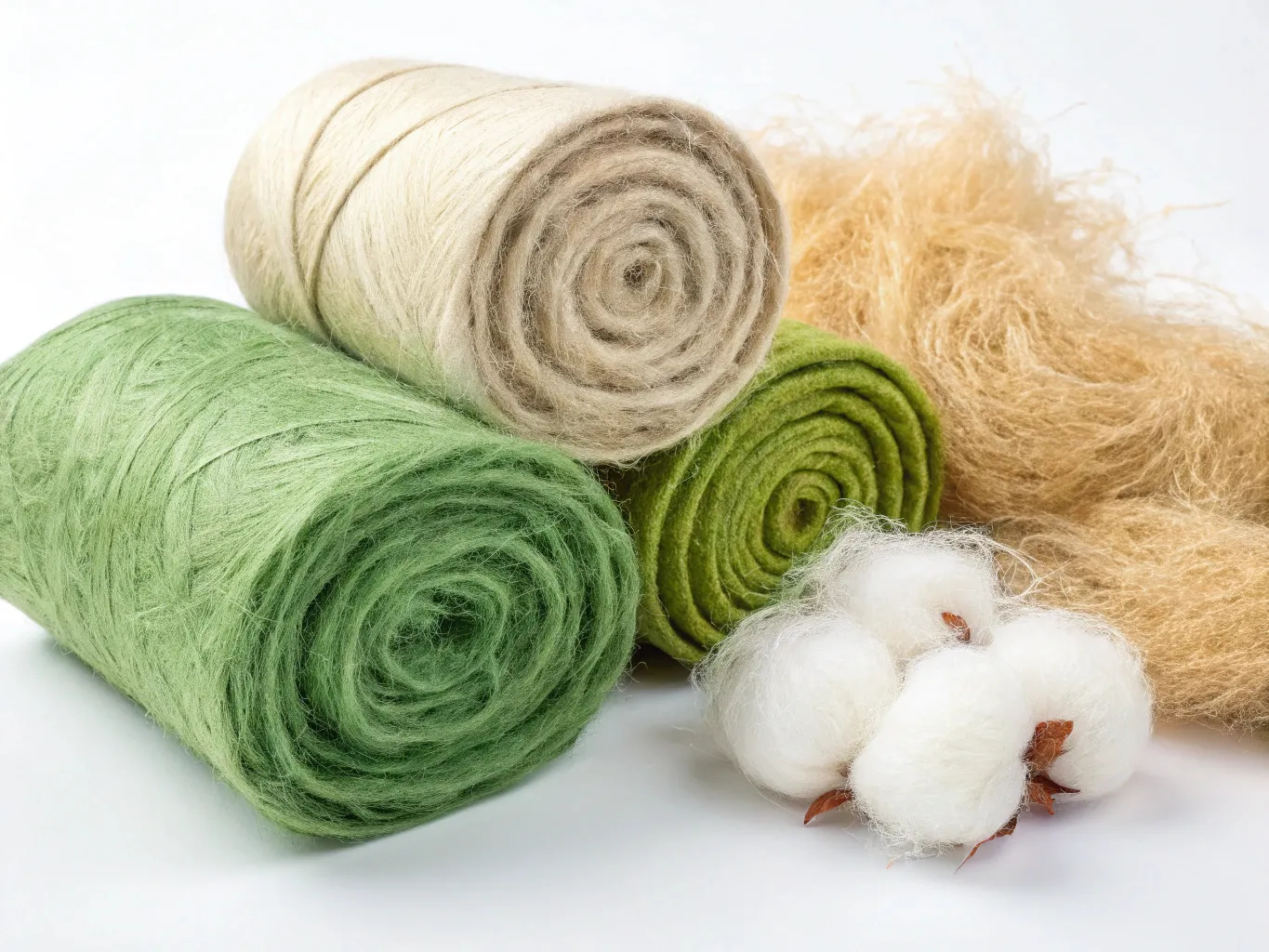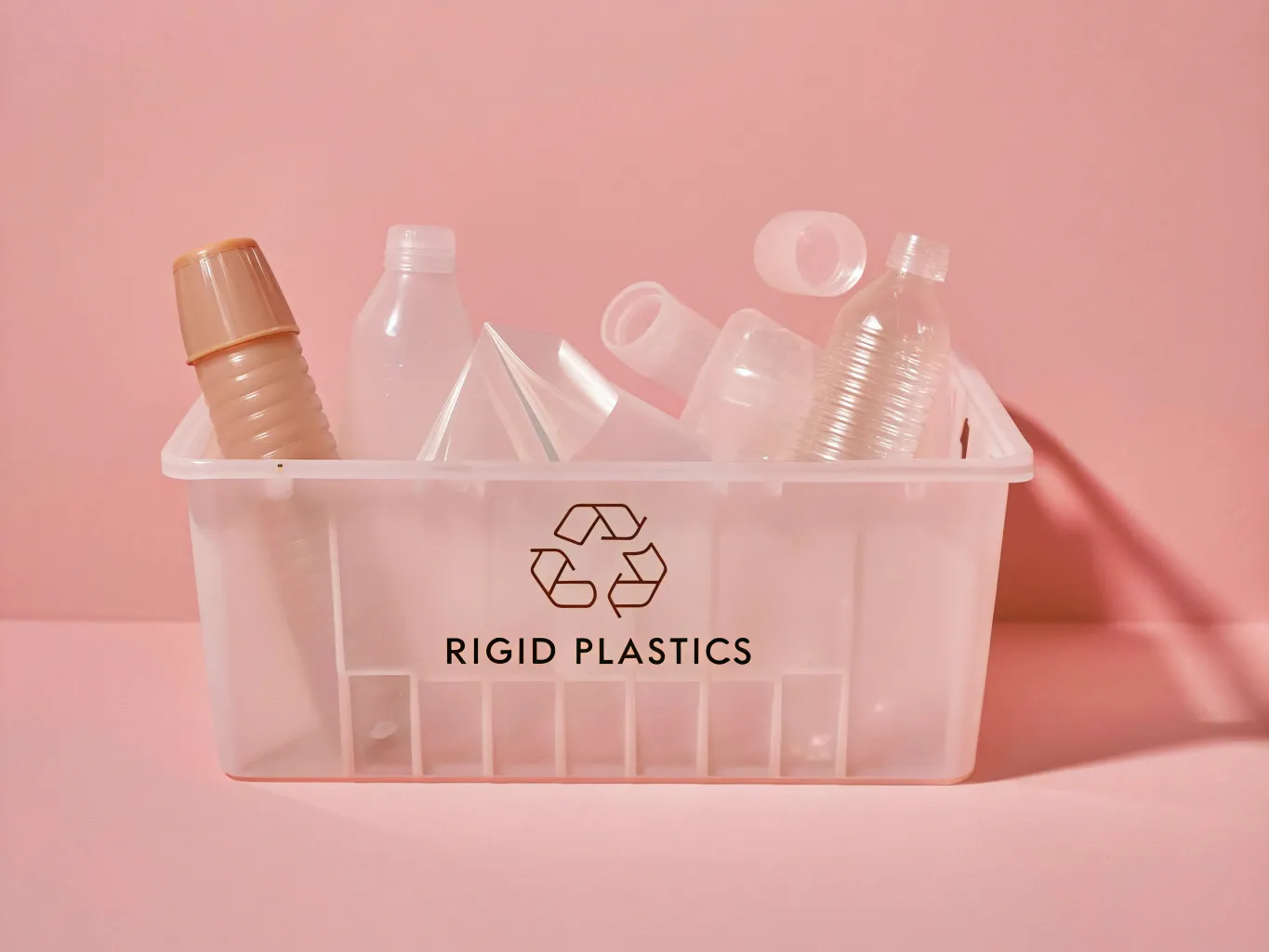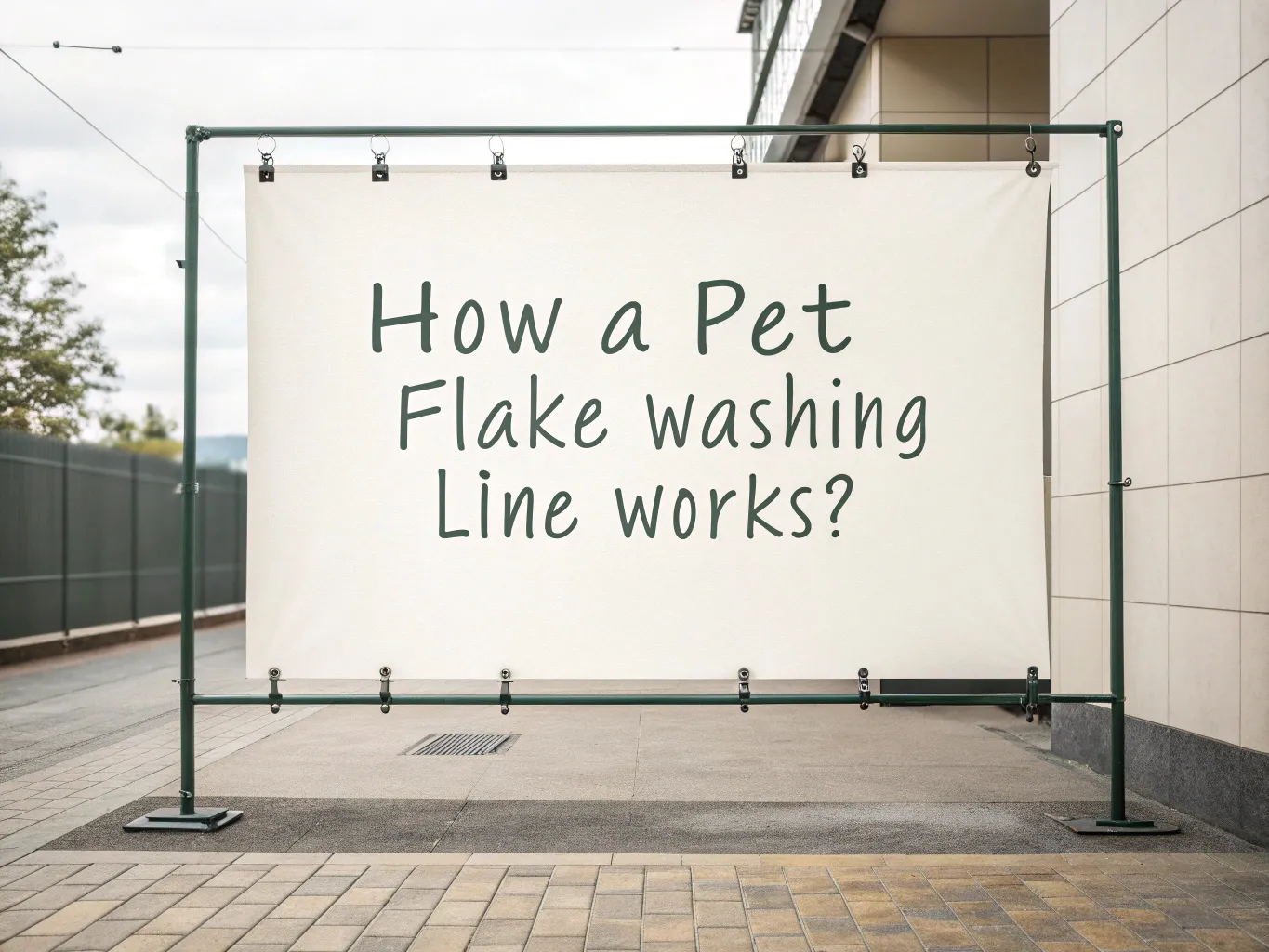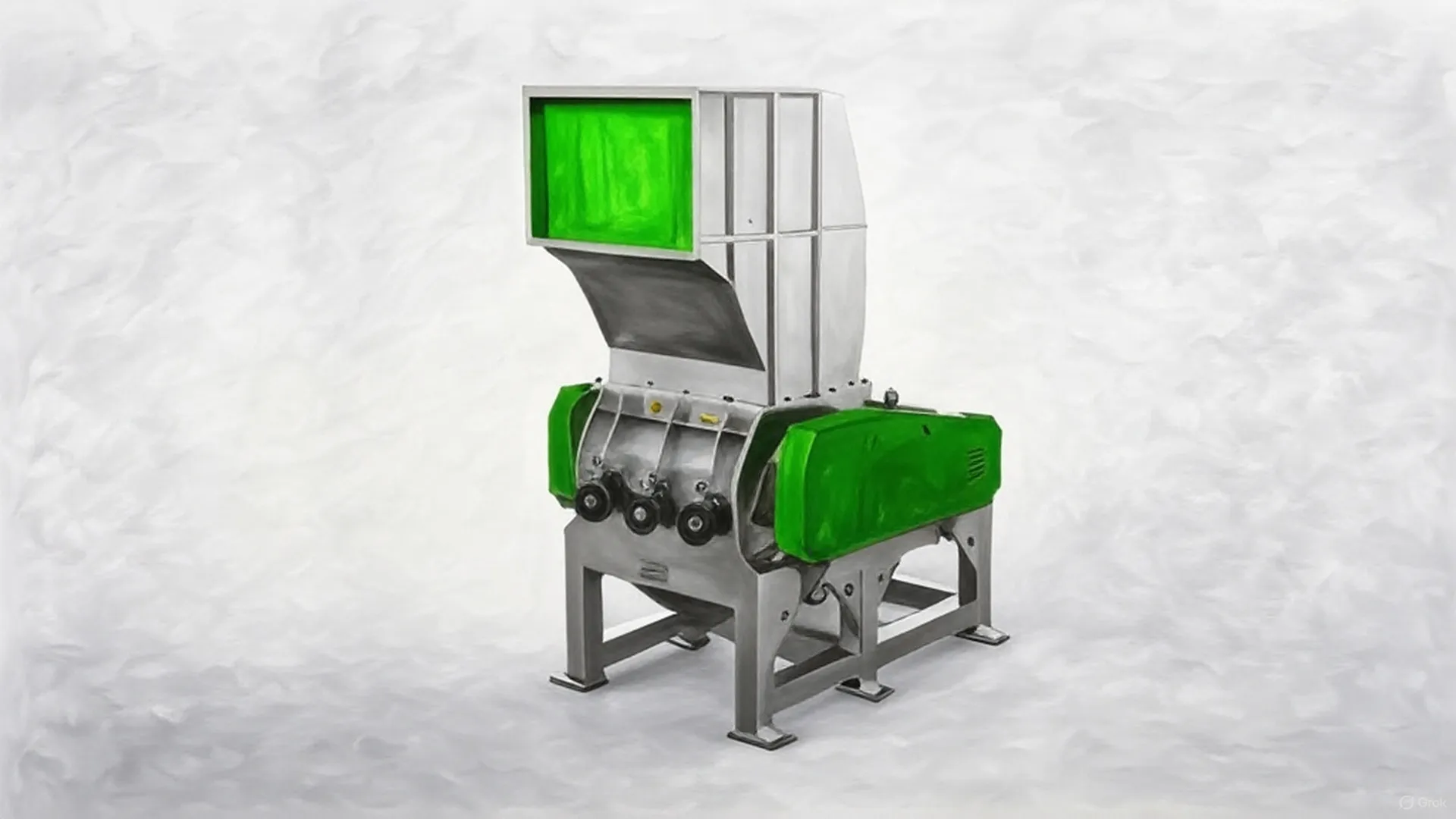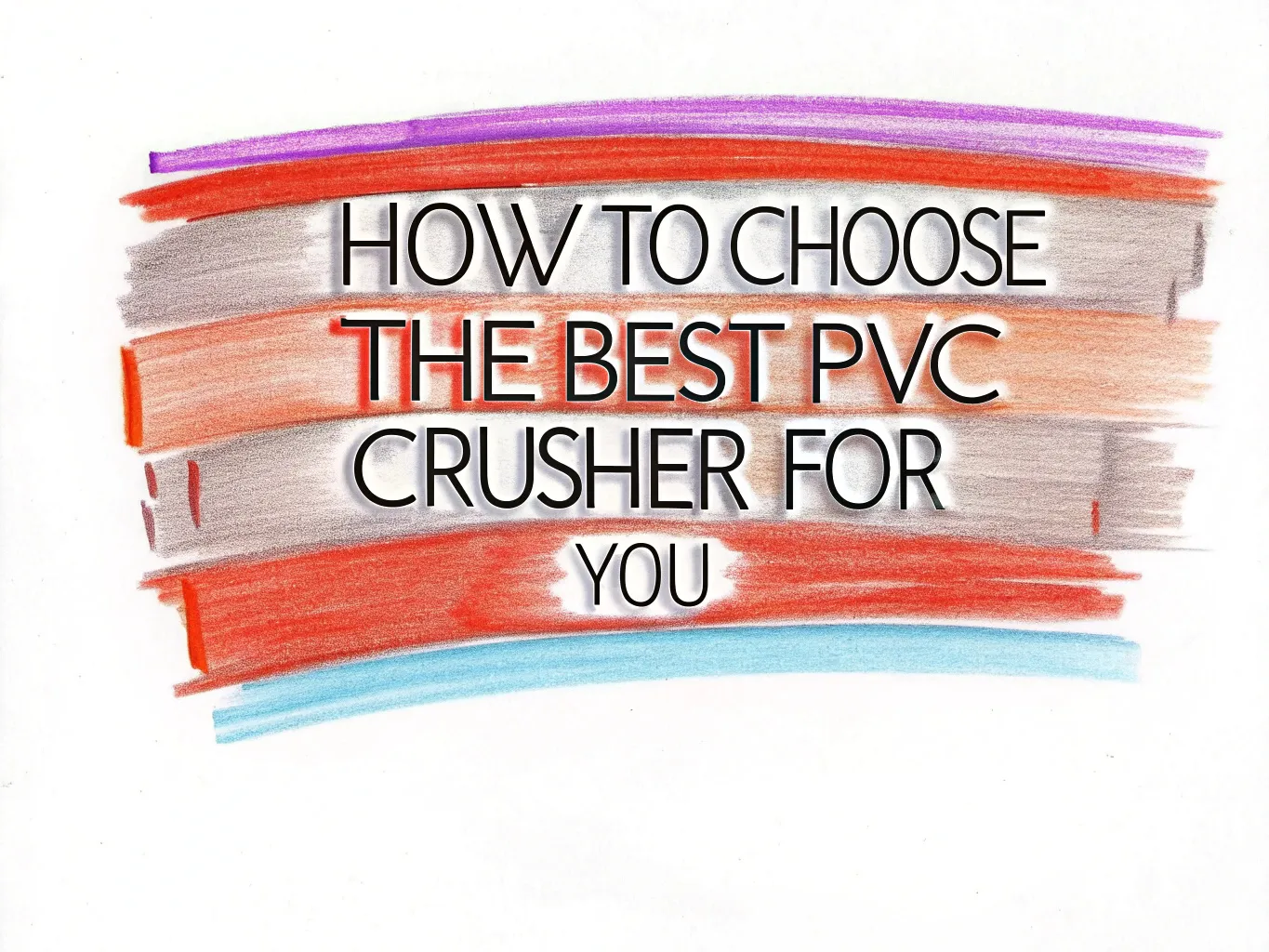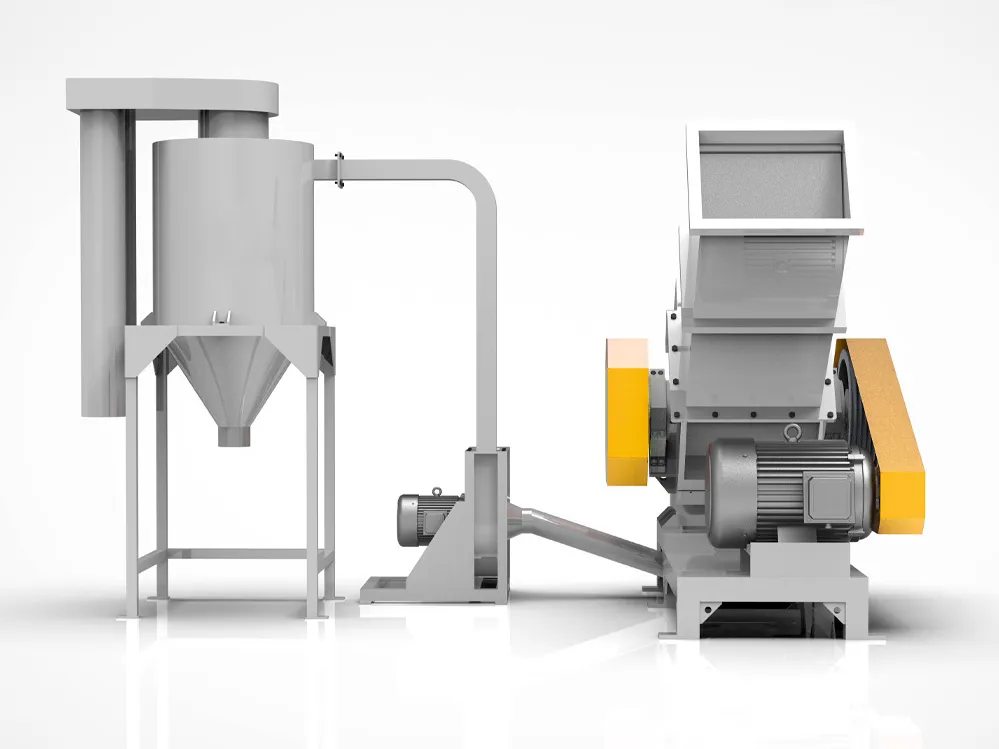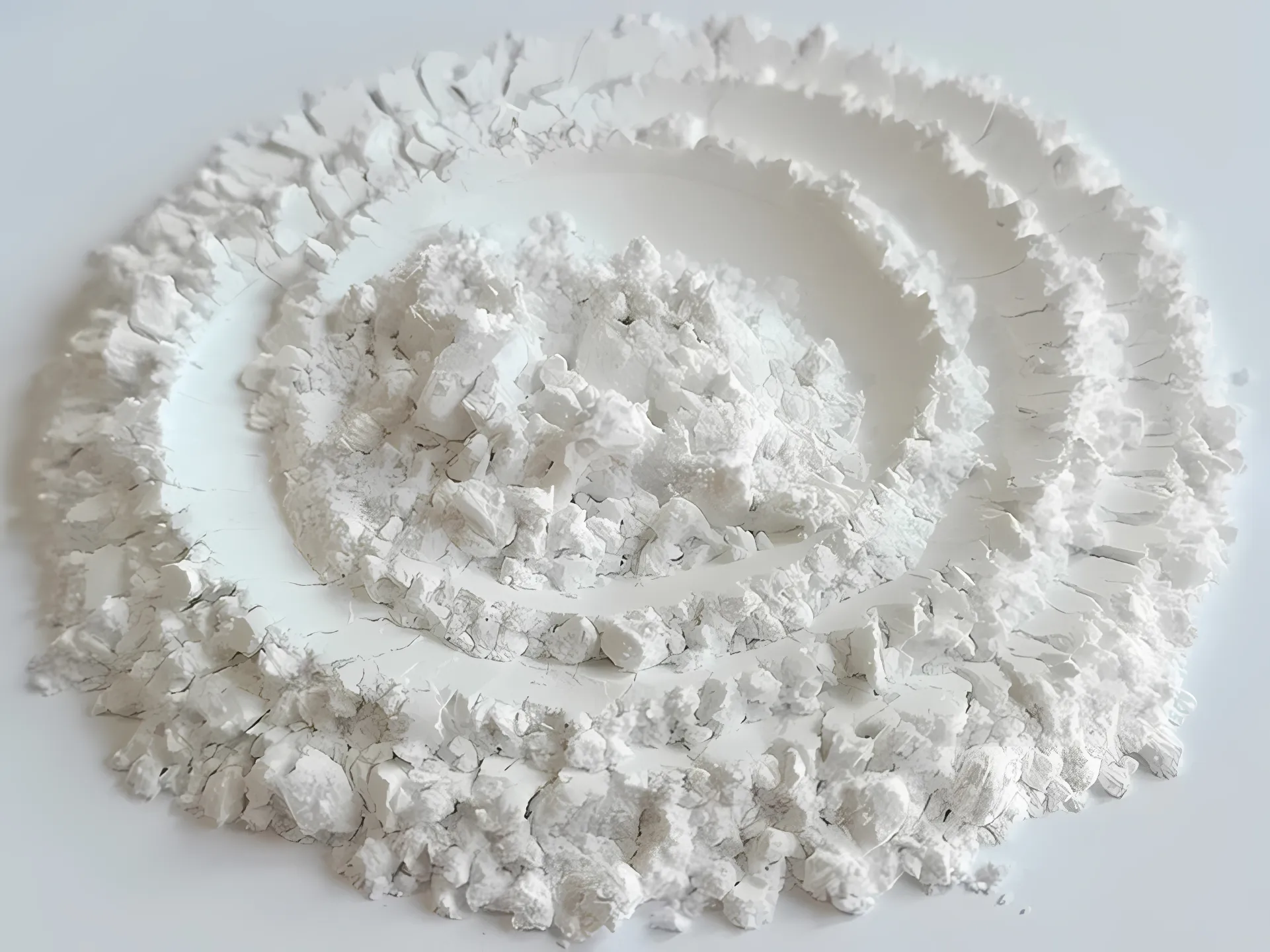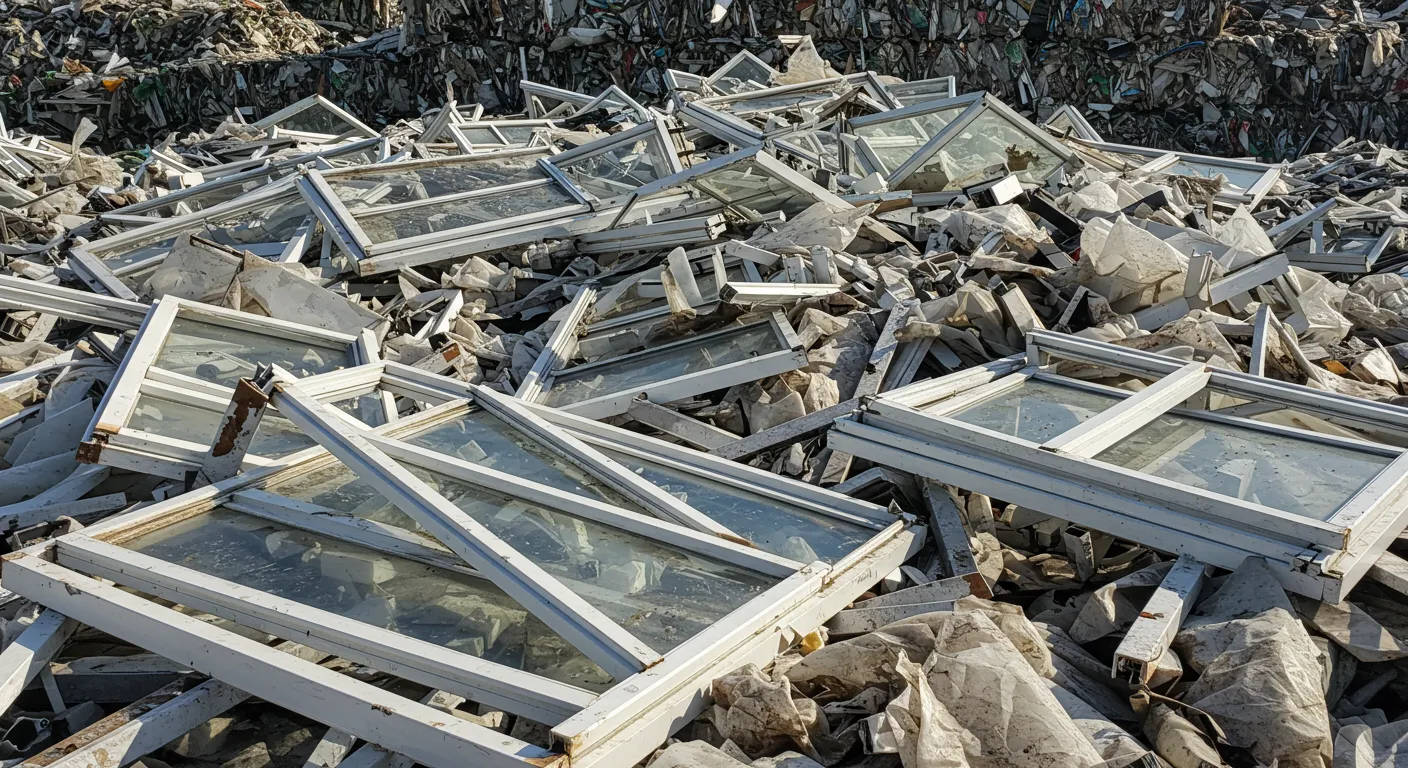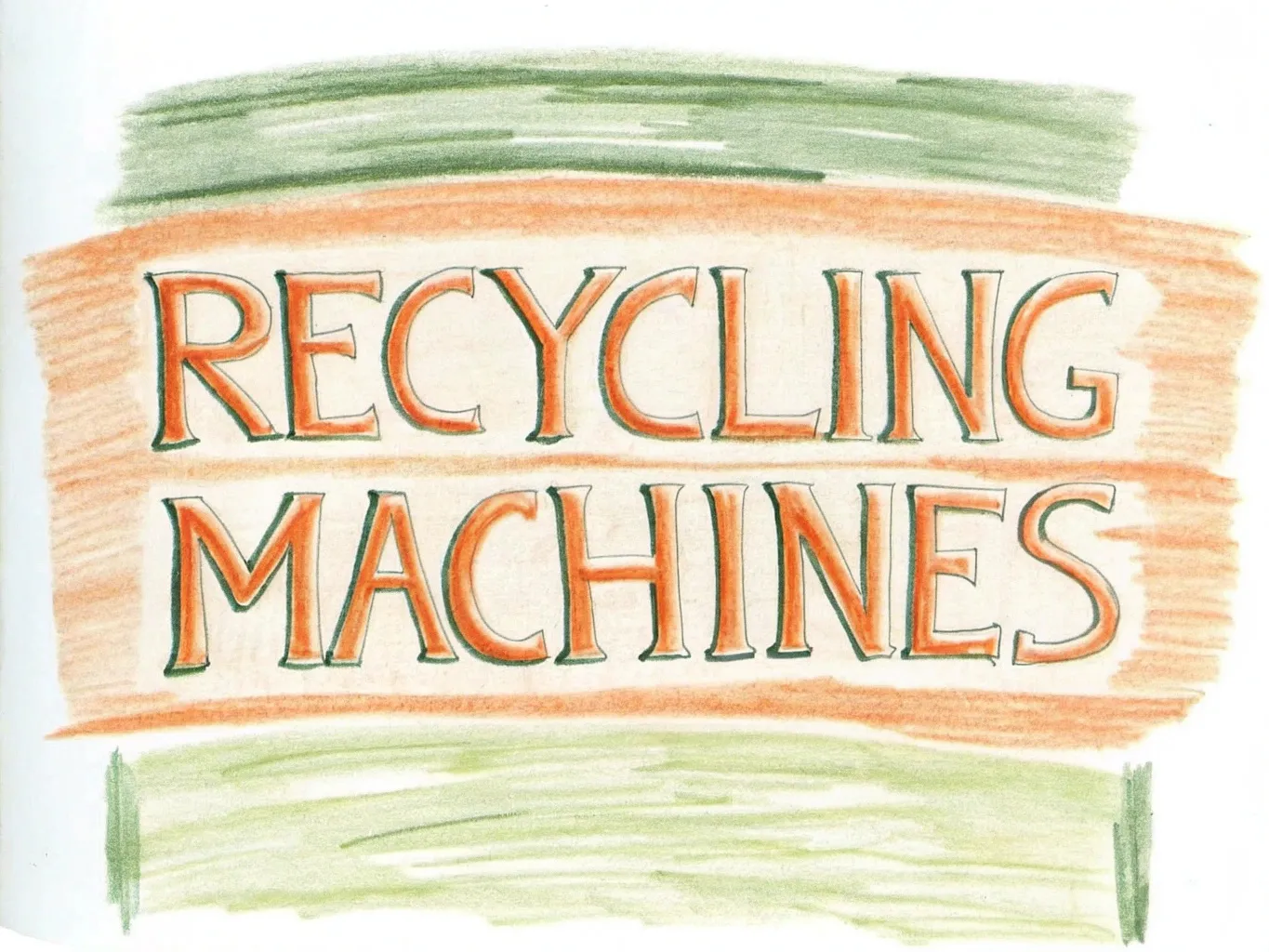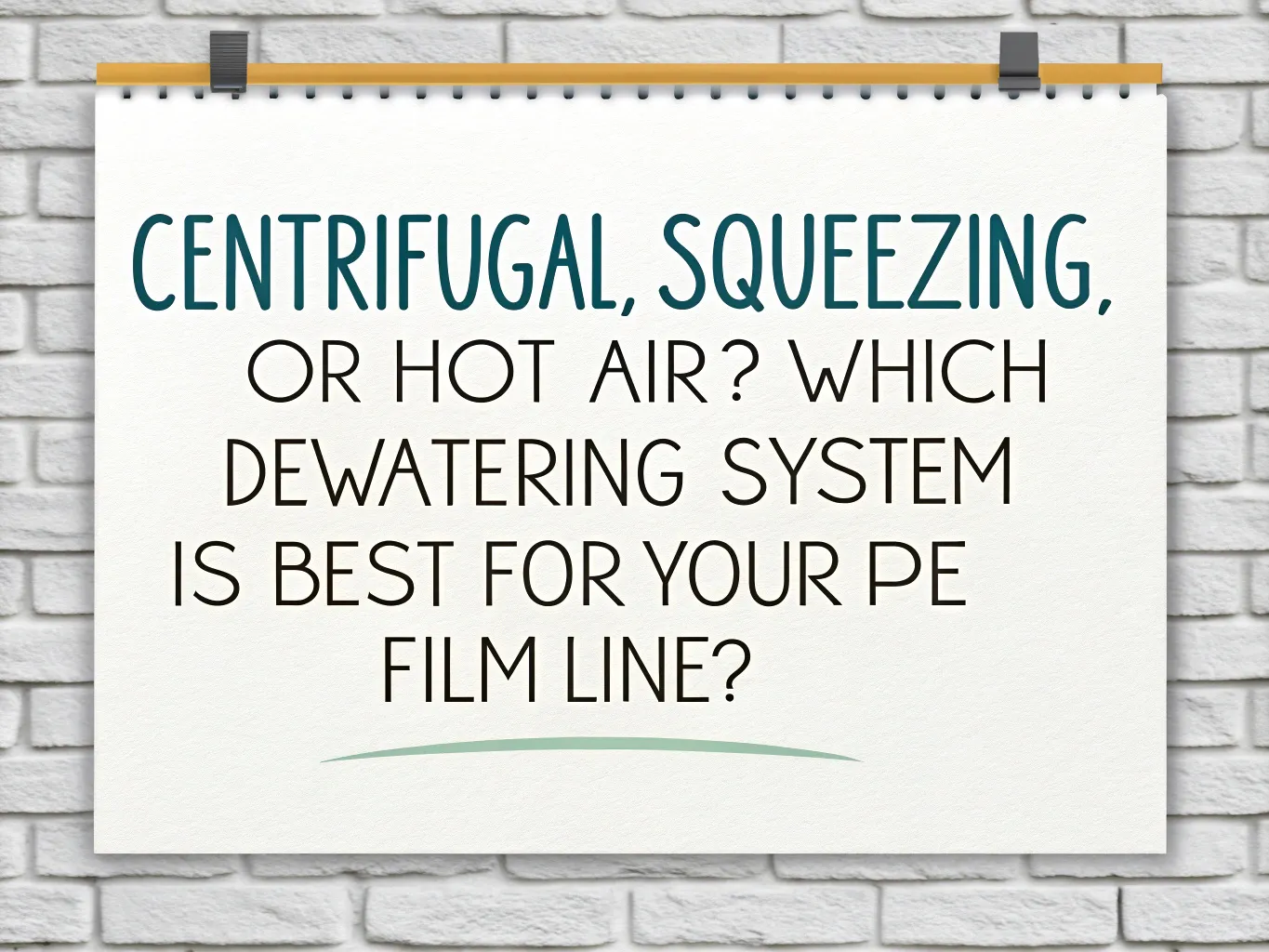Actualités sur le recyclage
The recycling industry has seen tremendous growth in recent years, driven by increasing demand for sustainable practices and materials. One critical component of this industry is the PET (Polyethylene Terephthalate) bottle flake washing line—a sophisticated system designed to clean and process used PET bottles into high-quality flakes for reuse. Whether you're a recycling startup or an established business looking to upgrade your equipment, understanding the factors that influence the price of a PET bottle flake washing line is essential for making informed purchasing decisions. In this article, we’ll explore the key elements that affect the cost of these systems, offering practical insights to help you budget effectively and optimize your investment.
What Is a PET Bottle Flake Washing Line?
Before diving into the pricing factors, let’s clarify what a PET bottle flake washing line entails. This machinery is used to recycle post-consumer PET bottles (like water and soda bottles) by transforming them into clean, reusable flakes. The process typically includes sorting, crushing, washing, rinsing, drying, and sometimes pelletizing. The resulting PET flakes can be used to manufacture new bottles, textiles, or other plastic products. The price of this equipment can vary widely, ranging from tens of thousands to hundreds of thousands of dollars, depending on several variables. Let’s break them down.
Key Factors Influencing the Price
1. Production Capacity
The capacity of a PET bottle flake washing line—measured in kilograms or tons per hour—is one of the most significant cost drivers. A small-scale line with a capacity of 500 kg/hr will naturally cost less than a high-capacity system processing 3,000 kg/hr or more. Higher capacity lines require larger machines, more robust motors, and additional components to handle the increased throughput, all of which contribute to a higher price tag.
- Practical Insight: If you’re just entering the recycling market, start with a smaller capacity line (e.g., 500–1,000 kg/hr) to minimize upfront costs. As demand grows, you can scale up to larger systems.
- Gamme de prix: Small-scale lines might start at $50,000, while industrial-scale systems can exceed $300,000.
2. Level of Automation
Automation is a game-changer in modern recycling equipment. Fully automated washing lines, equipped with PLC (Programmable Logic Controller) systems and touch-screen interfaces, reduce labor costs and improve efficiency but come at a premium. Semi-automated or manual systems, while more affordable, require more human intervention, which can increase operational costs over time.
- Practical Insight: Consider your labor budget and production goals. For regions with high labor costs, investing in automation may pay off in the long run despite the higher initial price.
- Cost Impact: Fully automated systems can add $20,000–$100,000 to the base price compared to manual alternatives.
3. Material Quality and Durability
The materials used in constructing the washing line significantly affect its price and lifespan. High-quality systems often feature stainless steel (e.g., SUS304) for parts that contact water and plastic, ensuring corrosion resistance and durability. Cheaper models might use lower-grade materials, reducing upfront costs but potentially leading to higher maintenance expenses.
- Practical Insight: Opt for stainless steel components if you plan to run the line continuously or process heavily contaminated bottles. The initial investment will save you from frequent repairs.
- Cost Impact: Stainless steel construction can increase costs by 10–20% over basic steel or mixed-material options.
4. Washing Process Complexity
PET washing lines come in two main types: cold washing and hot washing. Cold washing uses room-temperature water and is more energy-efficient, making it cheaper to purchase and operate. Hot washing, which uses heated water to remove stubborn contaminants like grease or labels, requires additional heating systems and insulation, driving up the price.
- Practical Insight: Choose based on your input material. If your PET bottles are relatively clean, a cold washing line may suffice. For heavily soiled bottles or food-grade flake production, hot washing is worth the extra cost.
- Cost Impact: Hot washing systems can cost 15–30% more than cold washing lines due to added heating and energy requirements.
5. Customization and Additional Features
Every recycling operation has unique needs, and manufacturers often offer customizable options. Features like advanced sorting systems (e.g., color or material sorters), friction washers, or specialized drying units can enhance flake quality but increase the price. Similarly, turnkey solutions that include installation and training will cost more than basic equipment packages.
- Practical Insight: Prioritize features that align with your end-product goals. For example, if you’re targeting food-grade PET flakes, invest in high-quality sorting and washing add-ons.
- Cost Impact: Customization can add $10,000–$50,000 or more, depending on the complexity.
6. Manufacturer Reputation and Origin
The brand and country of origin play a big role in pricing. Established manufacturers with a proven track record (e.g., from Europe or North America) often charge more due to superior engineering and after-sales support. Conversely, manufacturers from regions like China may offer competitive pricing, though quality and support can vary.
- Practical Insight: Research supplier reviews and request references. A slightly higher price from a reputable brand might be justified by reliability and service, especially for long-term operations.
- Cost Impact: European or U.S.-made lines might cost 20–50% more than similar systems from emerging markets.
7. Energy and Water Efficiency
Sustainability is a growing concern, and energy-efficient machines can lower operating costs. However, these systems often require advanced technology—like heat recovery systems or optimized water recycling—which increases the purchase price. Lines designed to minimize water usage also tend to cost more due to additional filtration and treatment components.
- Practical Insight: Calculate your local energy and water costs. In areas with high utility rates, an efficient system could offset the higher upfront cost within a few years.
- Cost Impact: Energy-efficient designs can raise prices by 10–25%.
8. After-Sales Support and Warranty
A comprehensive warranty and reliable after-sales service (e.g., spare parts availability, technical support) can add to the cost but provide peace of mind. Budget models might lack robust support, leaving you vulnerable to downtime and repair expenses.
- Practical Insight: Factor in the cost of downtime. A slightly pricier system with a strong warranty might be cheaper than frequent repairs on a budget model.
- Cost Impact: Extended warranties and support packages can add $5,000–$20,000 to the total.
Hidden Costs to Consider
Beyond the sticker price, several hidden factors can affect your total investment:
- Shipping and Installation: Importing equipment from overseas can incur significant freight and customs fees, while installation might require specialized technicians.
- Coûts opérationnels: Energy, water, and labor expenses vary by region and system efficiency.
- Entretien: Regular servicing and replacement parts should be budgeted annually.
Practical Insight: Request a detailed quote that includes shipping, installation, and a year’s worth of operational cost estimates to avoid surprises.
How to Optimize Your Investment
To get the best value for your money, follow these steps:
- Assess Your Needs: Determine your production volume, input material quality, and target flake purity to avoid over- or under-spending.
- Compare Quotes: Source proposals from multiple suppliers and evaluate them based on features, not just price.
- Negotiate: Many manufacturers offer discounts or flexible payment terms, especially for bulk or repeat orders.
- Plan for Scalability: Choose a system that can be upgraded rather than replaced as your business grows.
Conclusion
The price of a PET bottle flake washing line is influenced by a mix of technical, operational, and market factors. From production capacity and automation to material quality and manufacturer reputation, each element plays a role in determining the final cost. By understanding these variables and aligning them with your business goals, you can invest wisely in a system that delivers both quality flakes and long-term profitability. Whether you’re aiming for a budget-friendly setup or a high-end, food-grade operation, thorough research and planning are your keys to success in the dynamic world of PET recycling.
Ready to take the next step? Start by defining your recycling goals and reaching out to suppliers for tailored quotes—your sustainable future awaits!
Proper maintenance is essential for ensuring the long-term efficiency, reliability, and safety of PVC crushers . Regular maintenance can prevent breakdowns, reduce downtime, and extend the lifespan of the machine. Here are some key maintenance tips and common troubleshooting methods:
Cet article examine la fibre de polyéthylène téréphtalate (PET) recyclée, abordant sa production, ses propriétés, ses applications et ses avantages environnementaux. Destiné aux professionnels du secteur, il met en lumière le rôle de Machines de recyclage de bouteilles en PET dans la transformation des déchets en textiles durables.
Plastics can be categorized in various ways, including by their resin identification code (number) or by their physical properties, such as being rigid or flexible. This article delves into the world of plastiques rigides – materials characterized by their stiffness, structural integrity, and ability to maintain shape under normal conditions. Given their widespread use across numerous industries, understanding the different types of rigid plastics and, crucially, how to effectively recycle them is essential for sustainability.
In an era where sustainability is paramount, recycling polyethylene terephthalate (PET) has become a crucial part of waste management. Found in everything from drink bottles to food packaging, PET is highly recyclable—but only if properly processed. A PET flake washing line is where the magic happens, transforming grubby, discarded plastic into pristine flakes ready for reuse.
When dealing with PVC (polyvinyl chloride), whether for recycling, manufacturing, or industrial purposes, two primary methods typically emerge: grinding and crushing. Although these terms are often confused, they actually refer to distinct processes with unique outcomes and applications. For businesses, engineers, or even DIY enthusiasts working with PVC, knowing how grinding differs from crushing can greatly enhance efficiency, reduce costs, and simplify workflows. This guide clarifies the distinctions between these methods, outlines their practical uses, and offers insights to help you select the best approach.
Sélection d'un Broyeur de PVC est essentielle pour améliorer l'efficacité du recyclage, réduire les coûts opérationnels et produire des matériaux recyclés de qualité constante. Pour trouver la solution la plus adaptée, les entreprises doivent prendre en compte les facteurs cruciaux suivants :
Lors du traitement des profilés en PVC et des matériaux similaires, des Broyeurs de profilés en PVC démontrer des avantages distincts par rapport à concasseurs standards Tant en termes de conception que de performances. Cette comparaison met en évidence les différences clés, notamment en termes de gestion des profils longs, de réduction des poussières et d'amélioration de la qualité des granulés recyclés – des facteurs cruciaux pour un choix éclairé de l'équipement.
Le polychlorure de vinyle (PVC) est l'un des plastiques les plus polyvalents et les plus utilisés au monde, notamment dans des secteurs tels que la construction, l'emballage et l'isolation électrique. Pour améliorer ses propriétés et réduire ses coûts, les fabricants ajoutent couramment des charges comme le carbonate de calcium (souvent appelé poudre de calcium). Si la poudre de calcium offre des avantages évidents, comme une rigidité accrue, une meilleure stabilité dimensionnelle et une réduction significative des coûts, elle affecte également profondément les performances des matériaux. Équipement de broyage de PVCComprendre cette relation est essentiel pour les fabricants et les recycleurs qui souhaitent optimiser à la fois la qualité de la production et l’efficacité des machines.
Le polychlorure de vinyle (PVC) est l'un des plastiques les plus adaptables et les plus utilisés au monde, apprécié pour sa durabilité, sa rentabilité et sa polyvalence dans divers secteurs. Pour les acteurs de la fabrication, du recyclage ou de la transformation des matériaux, comprendre les différences entre les différents types de PVC et leurs exigences spécifiques en matière de broyage est essentiel pour optimiser la production et garantir des résultats optimaux. Cet article examine les caractéristiques des principaux types de PVC – PVC rigide, PVC souple et copolymères – et propose des conseils pratiques sur l'impact de ces propriétés sur les procédés de broyage, le choix des équipements et les bonnes pratiques.
L'industrie du recyclage des plastiques, et plus particulièrement celle des films de polyéthylène (PE), connaît une croissance significative, portée par le renforcement des réglementations environnementales et la demande croissante de matériaux recyclés. Une étape cruciale du processus de lavage des films PE est la déshydratation, qui consiste à éliminer efficacement l'eau des paillettes de film lavées et broyées. Le choix de la technologie de déshydratation a un impact significatif sur les coûts d'exploitation, la qualité du produit (notamment la teneur en humidité finale) et le retour sur investissement (ROI) global d'une installation de recyclage.


